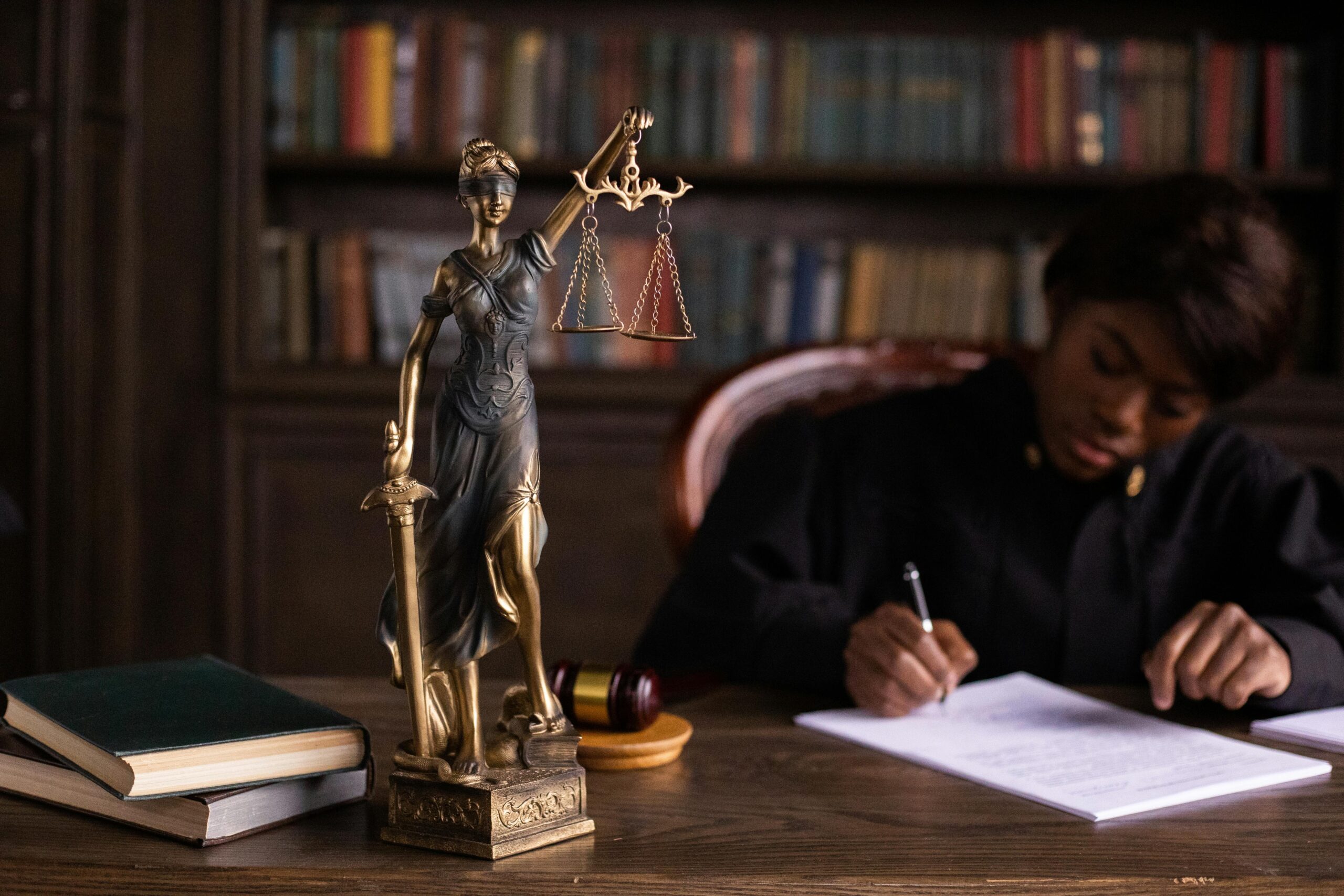Authored By: kiara motoomull
In the concrete jungle where greenery and steel collide, Margaret Davies produces a groundbreaking paper that helps readers understand the legal drama between trees and humans. An in-depth study that assembles eyebrow-raising questions that react beyond the pages; Are these trees able to shape the rules of engagement as legitimate participants? Do these trees actively participate in the making of laws? What happens, perhaps most intriguingly, when a tree is viewed in a legal conflict that is unfolding as a subject rather than an object? The article tackles traditional norms and values by casting nature as actors engaged in the structures between the wild and environmental law of native vegetation policies rather than as passive bystanders. The paper argues that the “protective tree laws transcend mere recognition, framing trees as communal treasures rather than exclusive possessions,” guiding us through the legal thickets that unravels how these urban trees serve as a foundation of human-nature sequence within a culture that is rich in urban ecology. The narrative takes a bold escalation, stimulating the readers to rethink their perception of trees as they may be classified as active agents.
In the mind-grasping chronicle of the Burnside tree controversy, the debates regarding the ‘Eco-cultural Attachments,’ allows readers to dive into the hectic world where cultural means and legal conflict take place on the same agenda, which arises the heated debates in the public media that pinpoints the all-round cultural tropes that outlines the tree’s saga. From allegations of consumerism and greed to ponderings as to a power struggle between the developers and the council, the article skillfully navigates through illogical theories, as a glue to broaden the narratives about class and power.
Exploring the challenges of the distinctiveness between the urban and rural, Davies showcases it to her readers that it stems from a symbolisation of trees, advancing the cultural impact as symbols representing rebirth and life. The author had used “Australian context” to theorise the concept of “eucalyptus” and “red gum.” Nonetheless, “it is, however, perhaps, unproductive to dwell too much on these distinctions,” Davies claims, also exposing her delay to further examine on these distinctions, acting as a textual prompt by refusing to address the nature-culture or the urban-rural binary, causing the readers contemplate the effect of reinforced differences in opinions and urging them to consider the aftermath of such disregard on this topic. As the controversy unravels, the Burnside tree withholds as a bystander to the conclusion of the tangledness between ecological security and urban development.
The author began to examine the “Phenomenal Trees” exploring the crisis between the demise of the iconic tree and human emotions, mazing through subject-object relationships[1] to nudge readers to consider trees in urban landscapes, resist and shape human intervention. This section of the article unveils itself in a philosophical sense, showing the backbone of the connection between humans and trees. Traditionally, we tend to associate a tree’s identity through the views of restriction from humans. For example; trees can be framed as a result of human existence as it has “the risk of being felled,” especially that a tree is defined by societal norms created by humans. Aligning both parties together, the article uses western ideas to invite the readers to extend their ideas, referring to inspirations from laws that protect nature and “aboriginal cosmology.”
John Frow’s approach to this article, however, scrutinises the one-sided flow that is shown on the paper; it acknowledges the tree’s struggle to appropriate and represent, downplaying the reciprocal relationship between the subject and object. He states that this “is the paradox of any fascination with the thingness of things,” displaying the tree as an entity but does not pass as recipient of the projection of humans2 but as a placeholder of a mystical inner being.
Beyond humans (the subject) and trees (object), Davies speaks of consciousness and the role of trees that challenges our ordinary thinking revolving around the idea of trees being immovable living beings. From the concept of the “Actor-Network Theory” and Barad’s ideologies, there had been debates whether trees are “actors,” “agents”, or a “node” that makes a “network” of its relationship with humans. So, if trees lack consciousness, do they still play a role in the big picture? The writer revealed the broadened roles of trees within ecosystems, reinforcing the idea that trees are objects and are part of the “agential intra-actions,” according to Davies, suggesting that trees having consciousness would mean that they would blend into a background of other actions that reshapes human society. She makes it clear to the readers that not only trees are actors but they tend to react to what occurs in our environment, making them engage in a lively stance of their growth and habitat care.
Paul Cloke and Owain Jones have mentioned that trees tend to have a “bewildering range of skills,” making them interlinked between nature and humans. This could mean that ranging from different views from debates, the text argues back to back that trees are not entities but only have important parts of a broad network. Whilst the trees evolve ecologically on their time scale, Davies focuses on the interactive nature that distincts from theories that are centred on humans.
But, does this mean that there are real distinctions that contribute to norms that reinforce legal separation between culture and nature? The article does not provide a definitive conclusion but rather invites the readers to actively engage in this intellectual discussion. In a broader sense, Davies tells a tale to the readers about a tree becoming a subject of a legal matter that looks upon societal and federal meanings nature can have, making them reconsider their attitudes towards trees, viewing them as not as objects but as participants in the relations between humans and nature.
Reference(s):
Journal Reference: Davies M, ‘The Consciousness of Trees’ (2015) 27 Law & Literature 217
2 Bannon BE and Maskit J, ‘Review of Nature and Experience: Phenomenology and the Environment’ [2018] Notre Dame Philosophical Reviews
<https://ndpr.nd.edu/reviews/nature-and-experience-phenomenology-and-the-environment/>
[1] Gabriel, N. (2014). Urban Political Ecology: Environmental Imaginary, Governance, and the Non-Human. Geography Compass, 8(1), pp.38–48. doi:https://doi.org/10.1111/gec3.12110.





